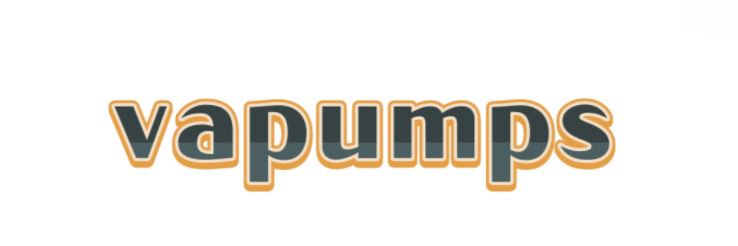Understanding Forging with Induction: Key Benefits and Techniques Explained
The process of forging with induction has revolutionized the metalworking industry by combining traditional forging techniques with advanced heating methods. This innovative approach utilizes induction heating to produce high-quality forged components with enhanced efficiency and precision. In this article, we will delve into the various components, techniques, and benefits associated with forging using induction heating.
If you want to learn more, please visit our website forging with induction.
One of the primary features of induction forging is the heating process itself. Induction heating relies on electromagnetic fields to generate heat within the metal, allowing for rapid heating without direct contact with any heating element. This enables uniform heating throughout the workpiece, reducing the risk of thermal distortion and ensuring that the forged product maintains its structural integrity. This method also minimizes energy consumption compared to conventional heating methods, making it a more sustainable option for manufacturers.
Another significant advantage of forging with induction is its ability to enhance productivity. The speed of induction heating allows for shorter cycle times compared to traditional methods, which can significantly increase throughput. As the induction heating process is more efficient, manufacturers can achieve higher output levels without compromising on quality. This efficiency is particularly beneficial in high-demand industries such as automotive and aerospace, where quick turnaround times are essential.
Accuracy is another critical aspect of induction forging. The precise control over the heating process enables manufacturers to achieve consistent and repeatable results. This accuracy is vital for producing complex geometries and tight tolerances, which are often required in engineering applications. Additionally, the ability to control the heating temperature ensures that the metal reaches optimal forging temperatures without overheating, which can lead to metallurgical issues.
Flexibility in production is a hallmark of induction forging technology. This method allows for rapid changes in production runs, making it suitable for both small batches and mass production. Manufacturers can easily adapt their processes to accommodate different materials, sizes, and shapes, responding swiftly to market demands. This adaptability is especially valuable in industries that require custom or specialty components, allowing companies to meet customer requirements without extensive retooling.
Safety is another key consideration in forging with induction. The enclosed nature of induction heating systems reduces the risk of operator exposure to high-temperature surfaces, resulting in a safer working environment. Furthermore, the lack of open flames decreases the potential risks associated with fire hazards. These safety features make induction forging an attractive option for manufacturers concerned about workplace safety protocols.
The implementation of induction forging can lead to substantial cost savings over time. While the initial investment in induction heating equipment may be higher than traditional systems, the long-term benefits far outweigh the costs. Reduced energy consumption, lower labor requirements, and decreased waste contribute to a more cost-effective manufacturing process. As companies look to improve their bottom lines, the financial viability of induction forging becomes increasingly apparent.
As industries continue to evolve, the future of forging with induction looks promising. Advances in technology are likely to further enhance the capabilities of induction heating systems, leading to even greater efficiency and precision. The potential for integrating automation and smart manufacturing techniques could drive innovation in forging processes, allowing for real-time monitoring and adjustments to optimize performance.
In conclusion, forging with induction presents a multitude of benefits that make it an attractive choice for manufacturers across various sectors. The combination of efficiency, accuracy, flexibility, safety, and cost savings positions induction forging as a leading technology in the metalworking industry. As businesses seek to enhance their manufacturing capabilities, exploring the implementation of induction forging can provide a competitive edge in today's dynamic market. To stay ahead, manufacturers should consider investing in induction forging technology and embracing the future of metal production.
For more induction heating for forginginformation, please contact us. We will provide professional answers.

